In Villa de Leyva, Colombia, dozens of people lined up this past weekend during the 26th-annual Astronomy Festival to look at the stars through giant telescopes set up in the town’s colonial-era square.
This Andes town’s dry weather makes it one of the best spots in the country to go stargazing — drawing around 5,000 people to its festival every year.
“This is really cool,” said Valentina Galvis, an eighth-grade student who attended the festival with her family. “You can talk to people who know about the stars, and they’re very eager to share their knowledge.”
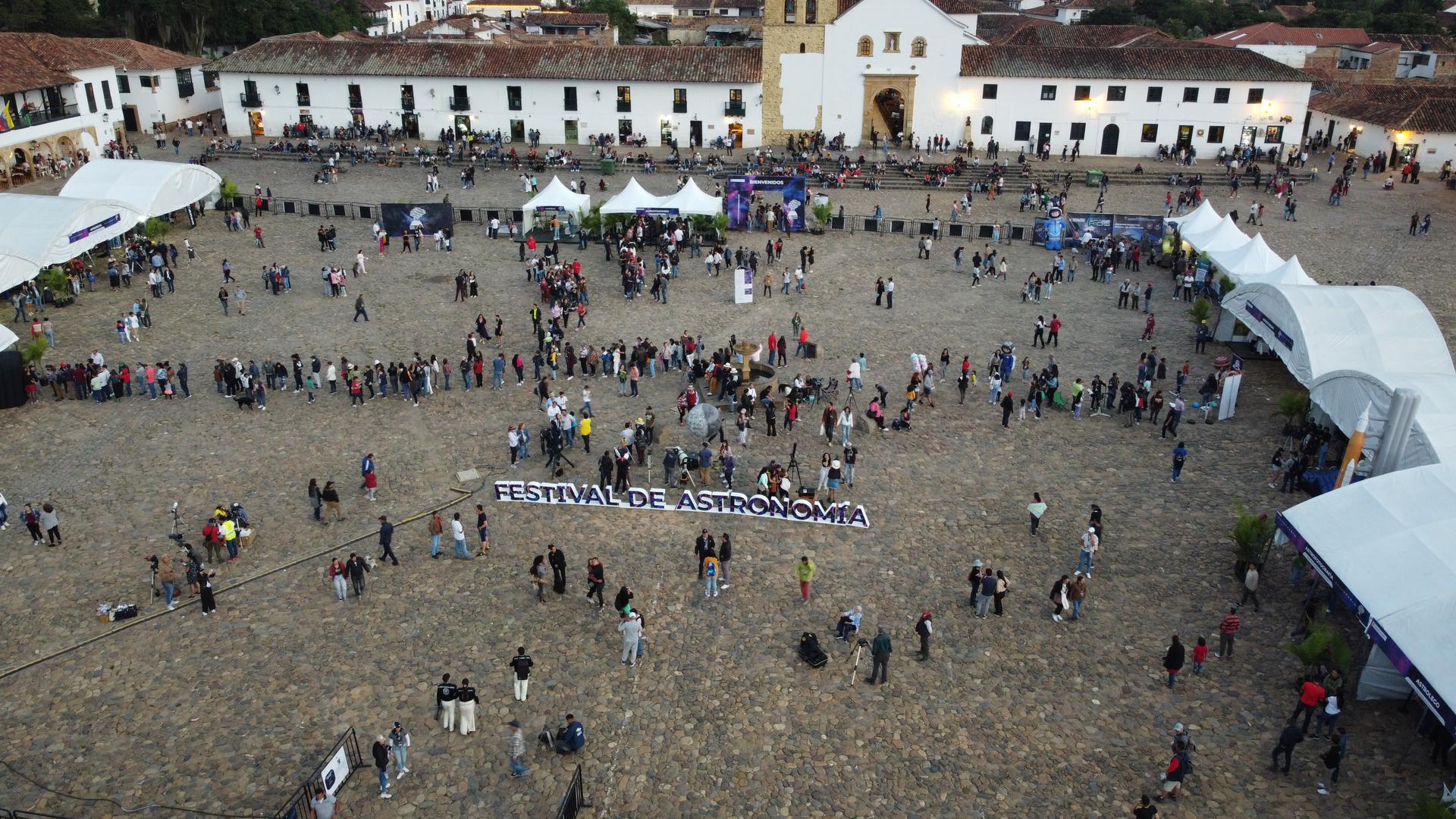
Across the globe, cities have become a lot brighter. Suburban sprawl and urban skyscrapers, some lit with neon lights, make it harder to see the stars. But some places, like Villa de Leyva, are now trying to dim their lights in the hopes of promoting positive health benefits for locals while also attracting more visitors.
The popularity of the annual three-day festival has encouraged organizers to push for lasting improvements for the town. They’re working with the local government to modify Villa de Leyva’s streetlights so that it’s easier to see the night sky.
“What we really want is to defend the right of all humans to see the stars.”
“What we really want is to defend the right of all humans to see the stars,” said Diana Rojas, the festival’s director. “So, we have to teach people about the importance of preserving dark skies and ask our governments to be smarter about artificial lighting.”
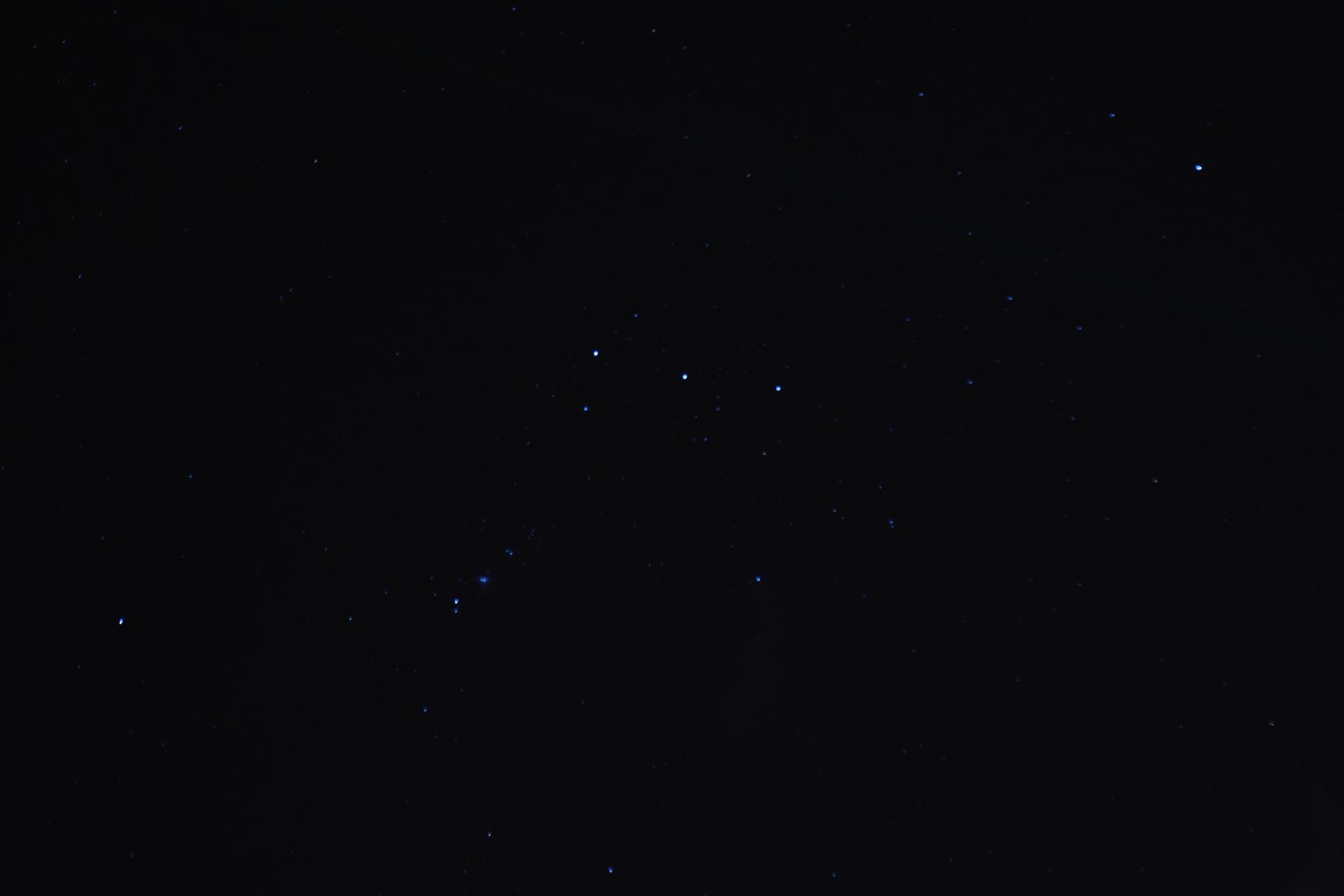
Villa de Leyva has a population of 20,000 and is currently trying to get certified by the Starlight Foundation, an organization that runs a list of the world’s best stargazing destinations. Among the town’s plans is to change the direction of its streetlights so that they only point downward. And it is also planning to use light bulbs with lower-colored temperatures that emit softer lighting.
With tourism being one of Villa de Leyva’s main industries, Mayor Josue Castellanos hopes the certification will attract more people.
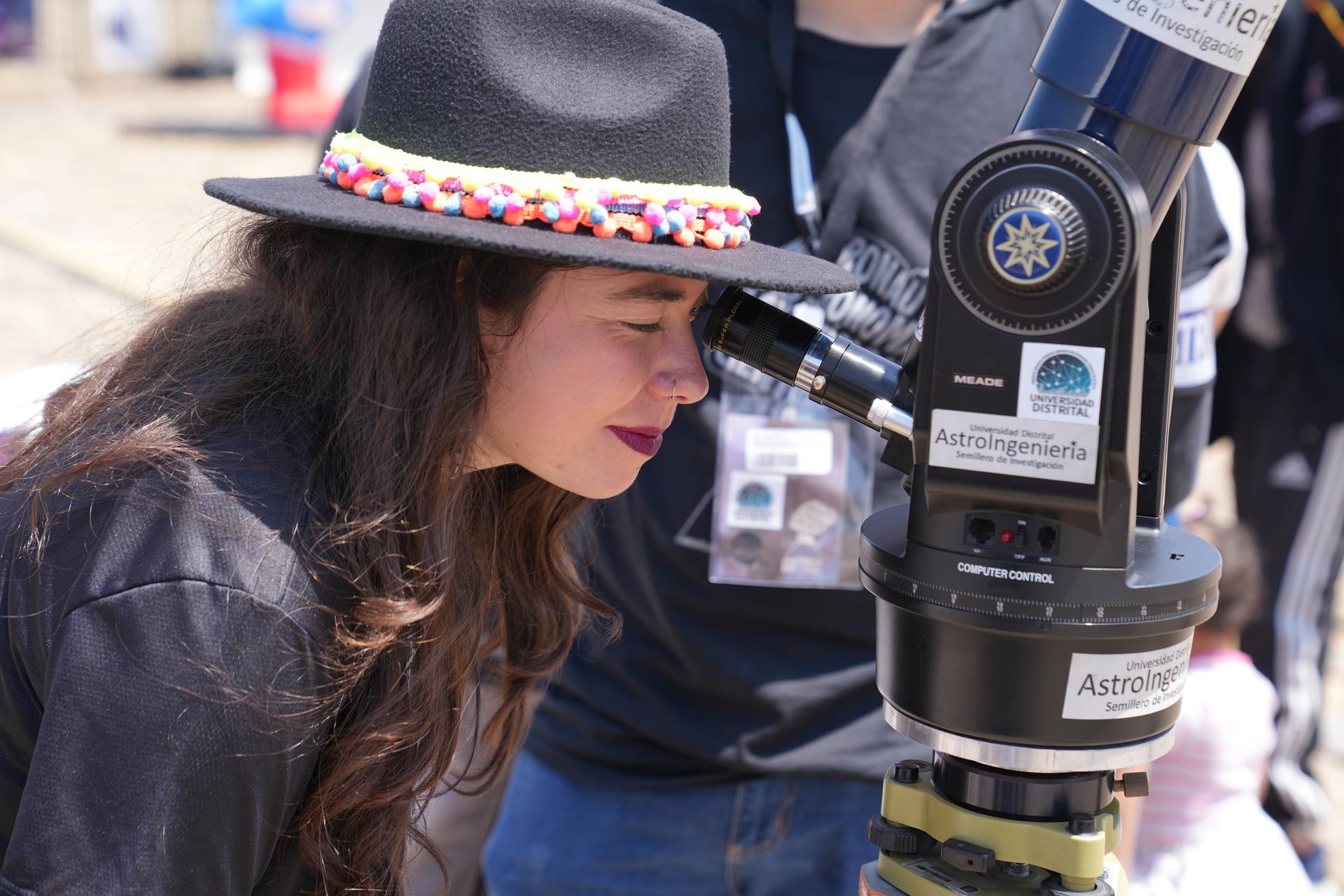
A growing number of enthusiasts are among the younger generations.
“Children love astronomy, and our festival attracts many families,” Castellanos said. “So, we want to keep our skies dark and turn that into another attraction.”
Third grader Andres Camilo Morales from Bogotá looked at the sky through a white telescope as he shared his excitement.
“It’s so much easier here to see the beautiful stars,” Morales said. “There’s so many people here doing this, and it’s been a lot of fun.”
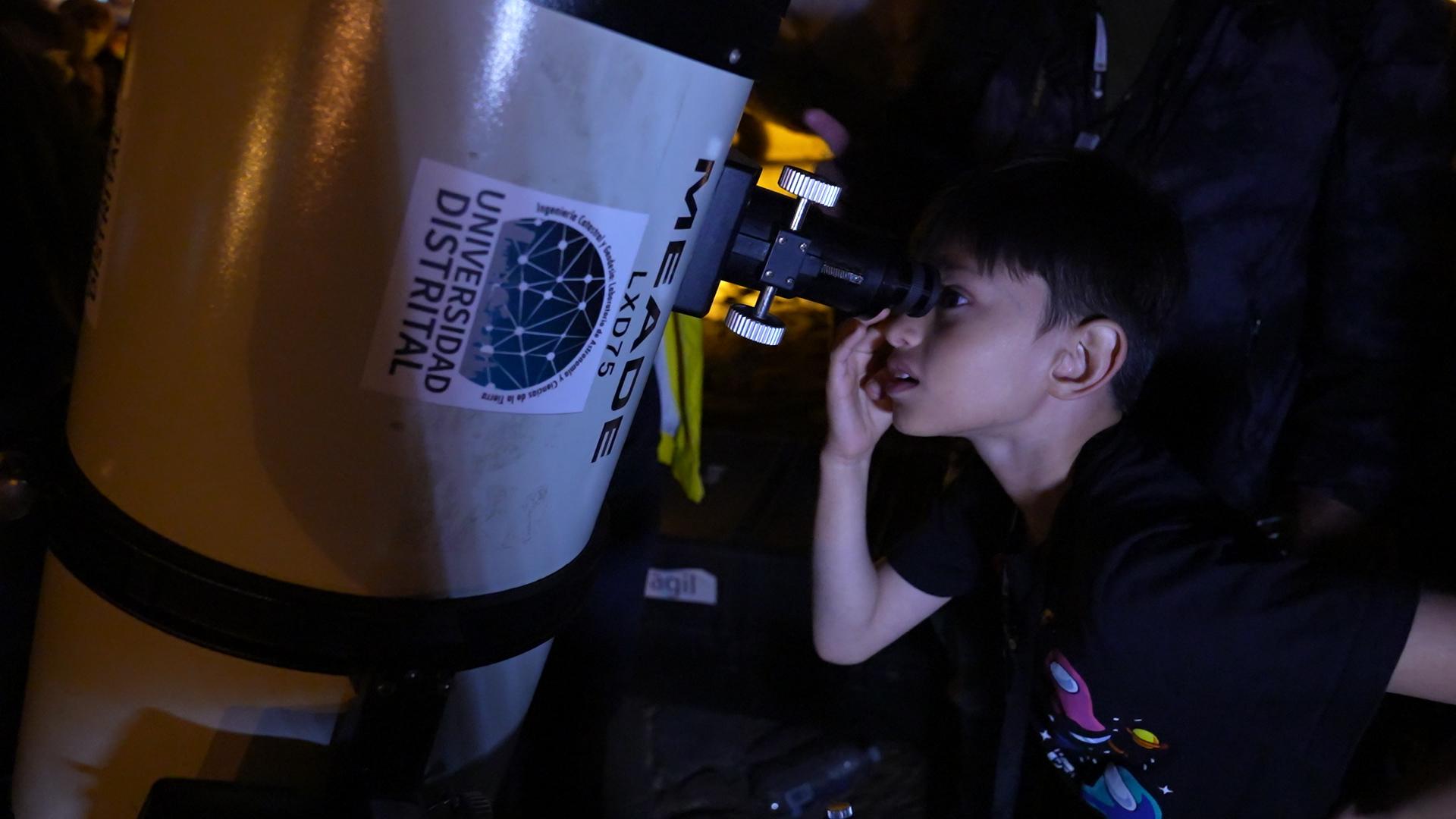
Health benefits
Managing artificial lighting also has health benefits.
Studies have shown that the excess of artificial lighting, known as light pollution, can be bad for humans.
“When we sleep in the dark, we produce a hormone called melatonin,” said Cristian Goez, an astronomy professor from Bogotá. “But if we are exposed to too much artificial lighting, melatonin production decreases, and that can generate diseases.”
And Goez said that he hopes starlight certification for Villa de Leyva could also prompt other towns across Colombia to tackle their own light pollution.
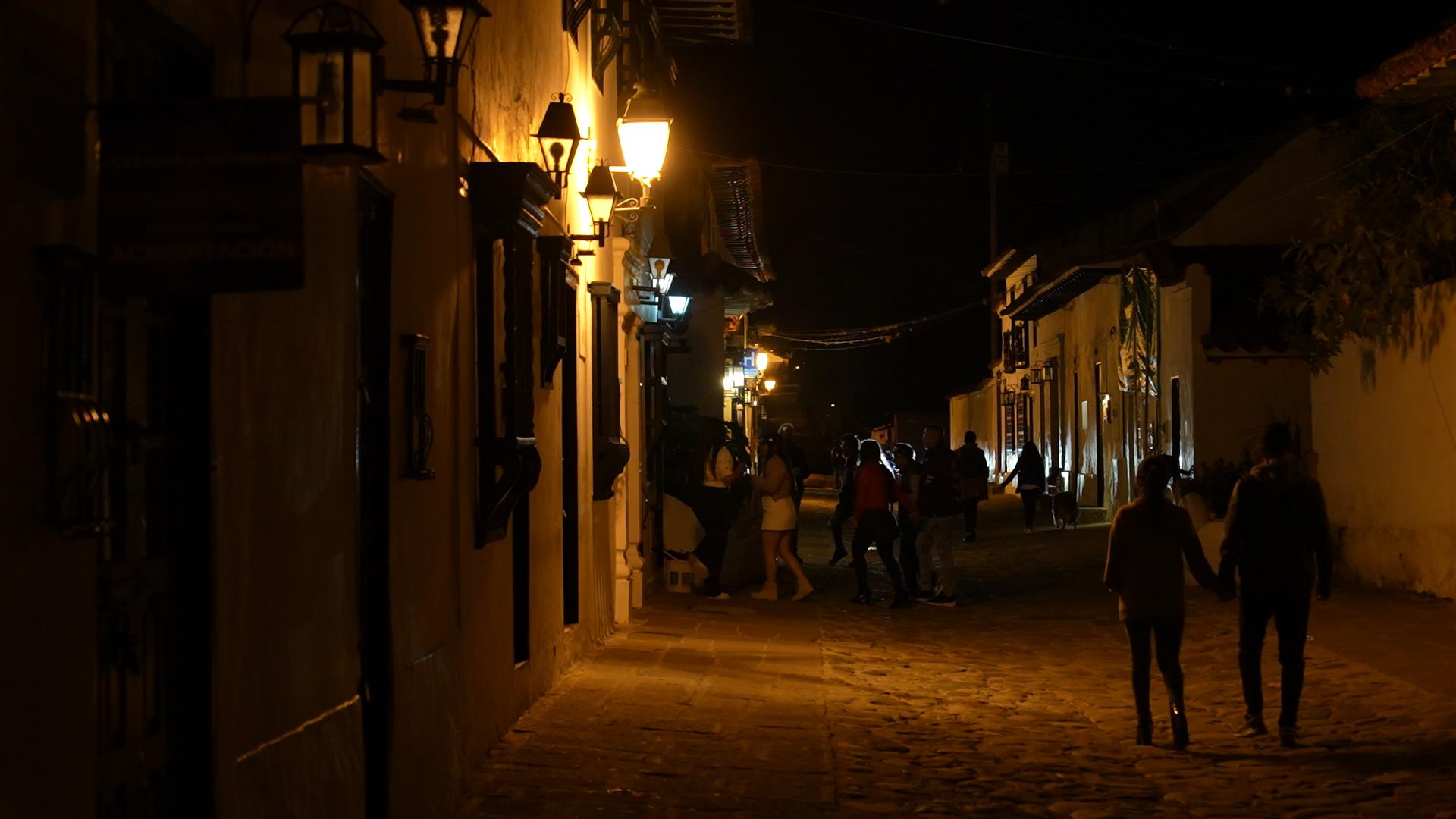
Our coverage reaches millions each week, but only a small fraction of listeners contribute to sustain our program. We still need 224 more people to donate $100 or $10/monthly to unlock our $67,000 match. Will you help us get there today?
